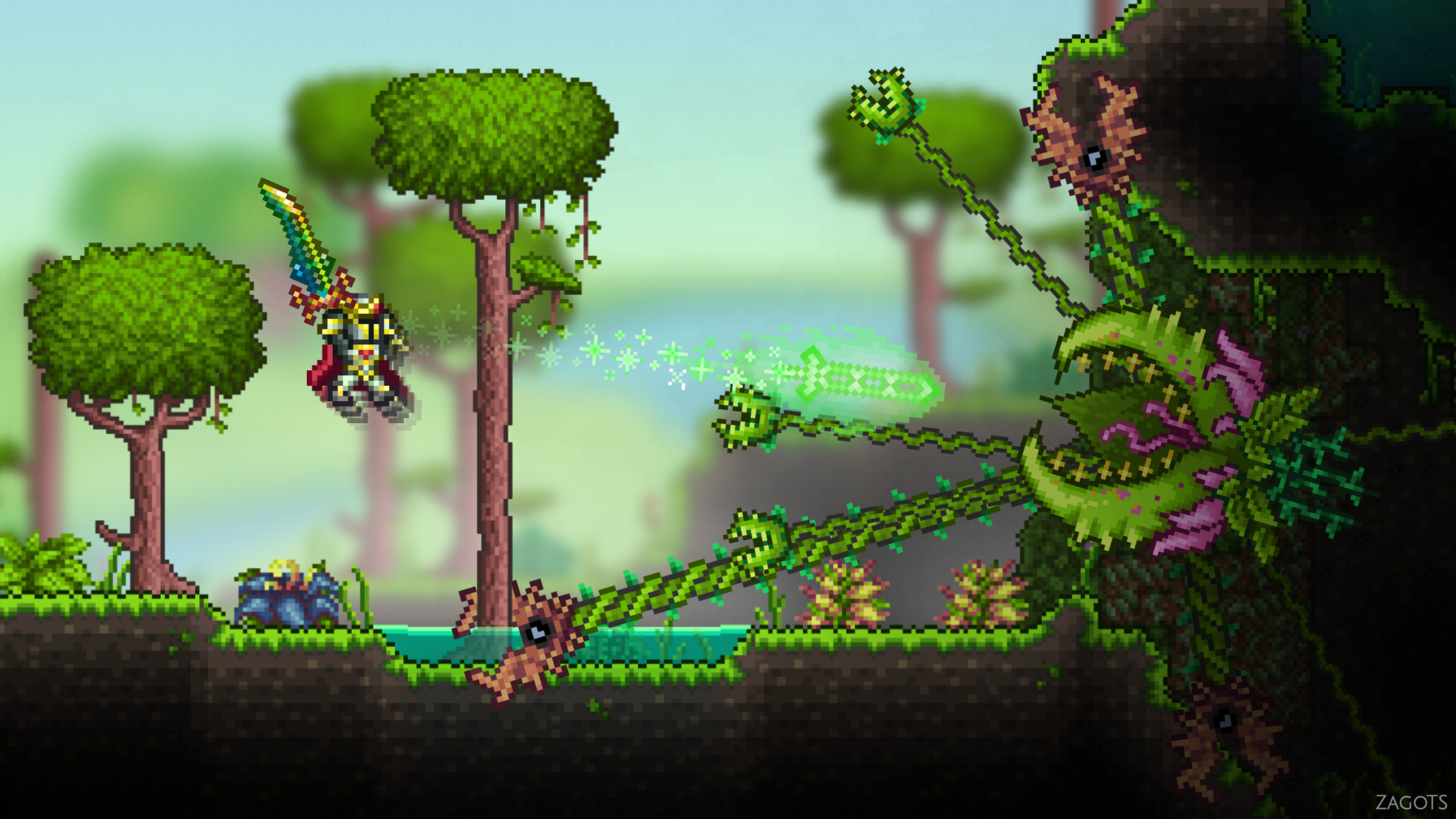A New Breed of Psychological Horror
In today’s saturated horror game market, where cheap jumpscares and blood-soaked corridors dominate the scene, Dollmare dares to take a different route. Developed by Alex Grade, this indie psychological horror game challenges players to immerse themselves in a disturbingly calm, but ever-creeping dread. Rather than throwing monsters at you, it slowly chips away at your sense of security.
Set inside a doll factory—innocent on the surface, but deeply corrupted underneath—Dollmare tells a story as eerie as the porcelain faces you inspect. As your shift stretches on, what starts as mundane factory work morphs into a surreal psychological descent. Every doll you inspect, every creak in the dark, brings you closer to the truth—and madness.
Your New Job: The Setting of Sweet Cheeks Doll Factory
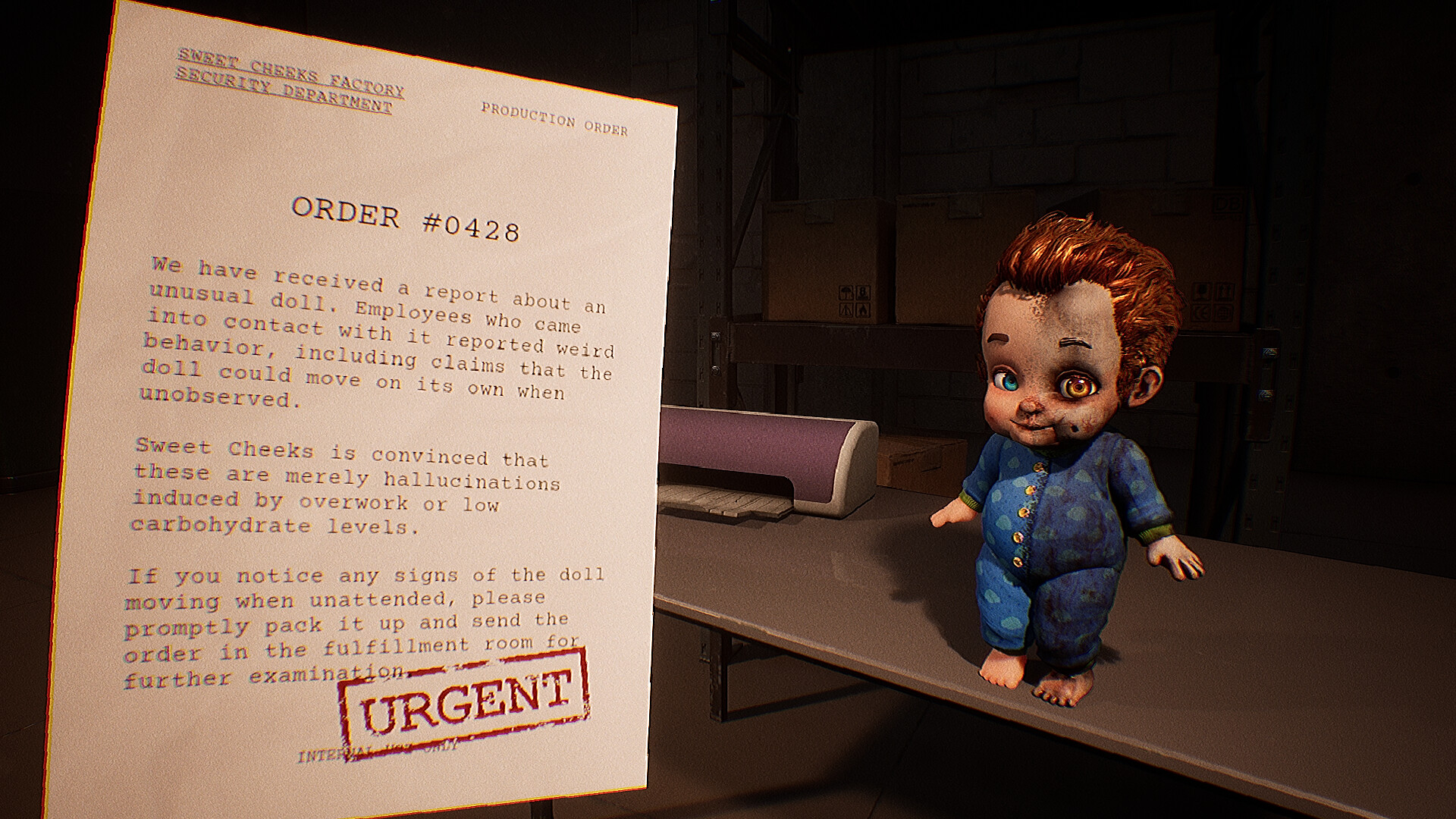
The game starts with a simple premise: You’re broke and desperate. The Sweet Cheeks Doll Factory is hiring for its overnight shift. You take the job, expecting dull monotony and maybe some quiet time. However, from the moment you step through the doors, the factory feels...off.
Factory of Whispers
The game’s location, the Sweet Cheeks Factory, is designed with unsettling precision. Narrow halls stretch too long, machines hum too quietly, and lights flicker just enough to feel wrong. As you move through dimly lit inspection rooms and doll assembly lines, the sterile work environment begins to break down. Protocols grow stranger. The dolls start acting oddly.
Most horror games feature chaotic environments. Not Dollmare. It leans into routine and silence to amplify the unease. And that’s exactly what makes it terrifying.
Gameplay Mechanics: Precision, Pressure, and Paranoia

While the setting builds the atmosphere, it’s the gameplay that sustains the tension. You’ll spend your nights inspecting dolls, watching their behaviors, fixing minor defects, and operating outdated factory equipment. But nothing is quite what it seems.
Inspecting Dolls Under Pressure
Each shift requires you to thoroughly examine dolls on a conveyor belt. You're not just looking for physical issues—like a missing arm or misaligned eyes—you’re scanning for behavioral anomalies. Some dolls blink. Some whisper. Others disappear if you glance away.
Time becomes a factor. The more efficiently you work, the more time you have to explore hidden areas and unravel the factory’s dark secrets. However, rushing leads to mistakes—and mistakes in Dollmare have consequences.
The Sanity System
Adding another layer of complexity, the game includes a sanity mechanic. As the night progresses, unnatural events intensify. Witnessing these horrors affects your mental state. The more your sanity deteriorates, the less reliable your perceptions become. Clocks melt. Dolls appear to cry blood. Are these hallucinations, or something much worse?
Maintaining your sanity requires small rituals: drinking water, adjusting lighting, listening to factory announcements. It’s a subtle yet gripping way of tying player behavior directly to narrative progression.
A Masterclass in Psychological Horror
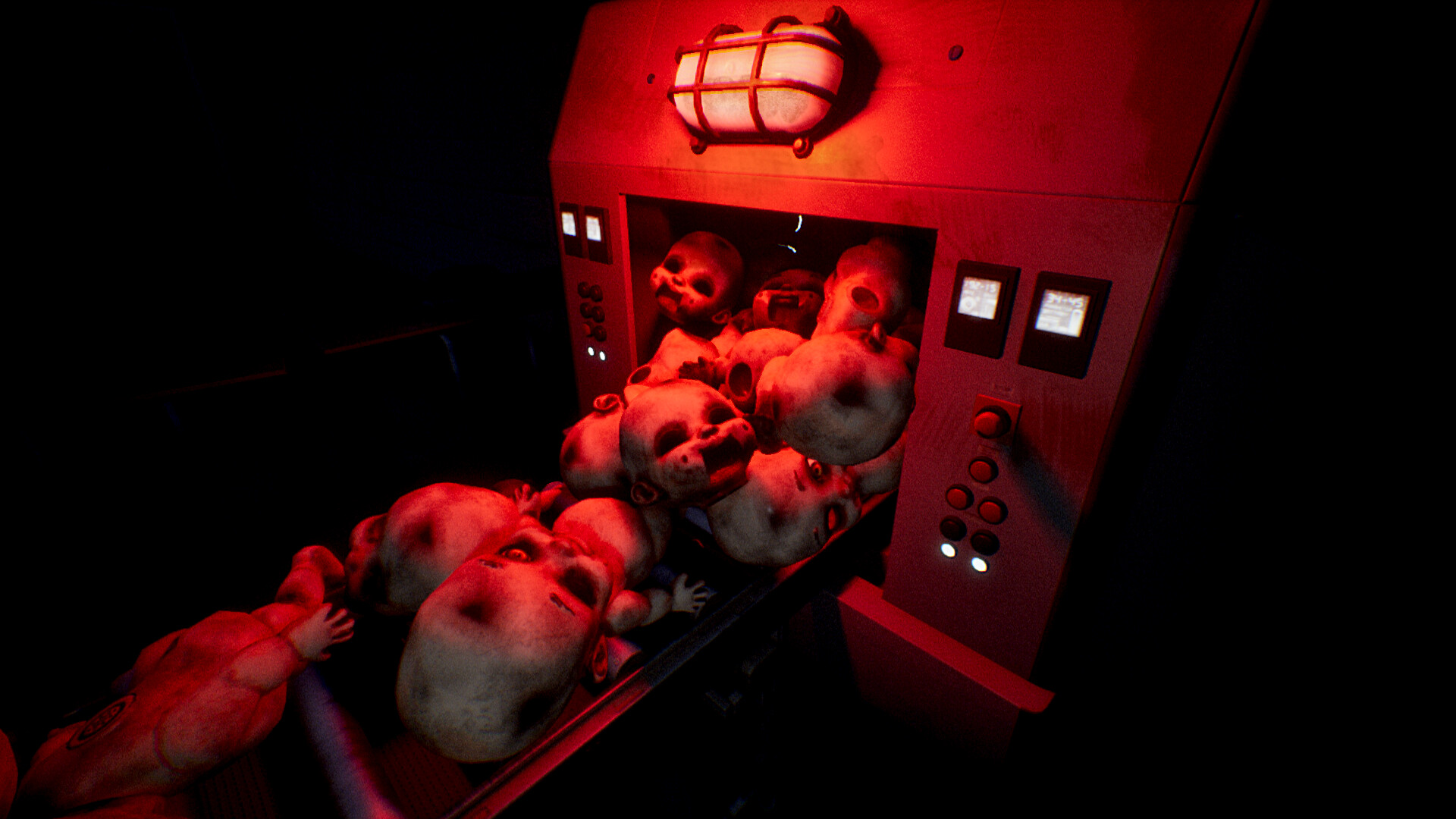
Rather than force players into fight-or-flight scenarios, Dollmare traps them in their own minds. The horror creeps in gradually. You never know if what you're seeing is real or a result of your character's unraveling sanity. And that is exactly the point.
No Jump Scares—Just Dread
Too many horror games rely on loud noises and sudden visuals to startle players. Dollmare doesn’t. Instead, it builds atmosphere through absence. You’ll feel watched, even when nothing is there. You’ll walk past the same empty corridor and swear something moved. These moments feed your imagination and, therefore, your fear.
Environmental Storytelling
The game uses the environment to deepen the narrative. Scrawled notes, cryptic voice recordings, and haunting internal monologues reveal that the factory has a sinister history. Dolls aren’t the only things being assembled here.
Players gradually uncover an unsettling truth: the dolls might contain more than just stuffing. This is storytelling done right—no exposition dumps, no forced cutscenes. Just fragments you piece together on your own.
Narrative Depth: Choices That Shape Your Ending
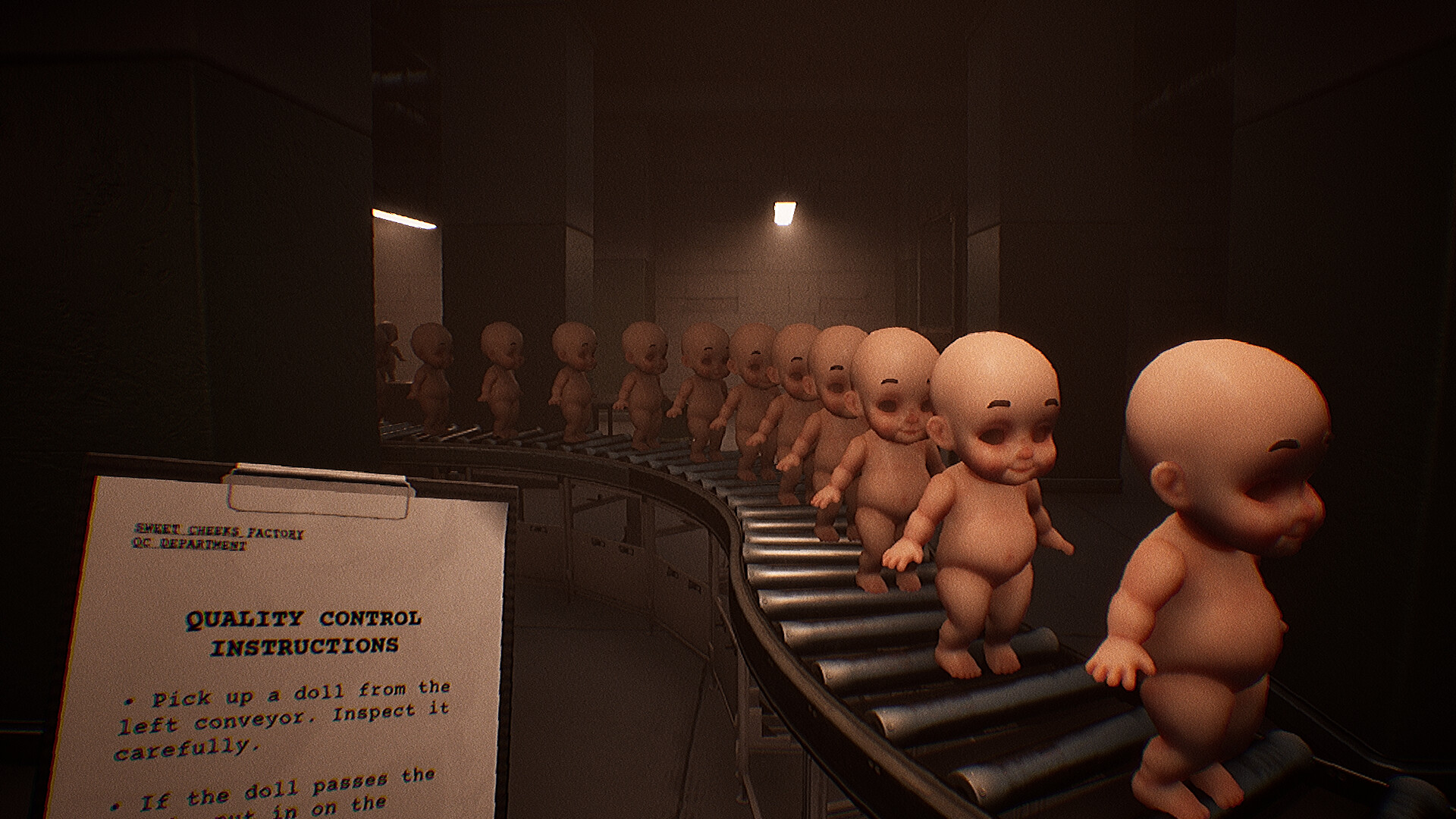
One of Dollmare’s most compelling aspects is its branching narrative. The game offers multiple endings, each shaped by your actions, curiosity, and survival instincts.
Do You Obey or Resist?
Some players may choose to simply follow orders. You can punch in, inspect dolls, and leave at the end of each shift. However, doing only what's expected keeps you from discovering the factory’s dark truths.
Others might explore off-limits areas, defy procedures, and interact with forbidden machinery. These actions expose new story paths—and new horrors. But they also put your character at greater risk, both mentally and physically.
Every Action Matters
The game tracks how you interact with dolls, how many rules you break, and whether you uncover key artifacts. Even small choices—like whether you stop to listen to a strange whisper—can affect your fate. Will you escape? Will you become part of the factory? Or will you descend completely into madness?
Audio-Visual Design: Subtle Horror Perfected
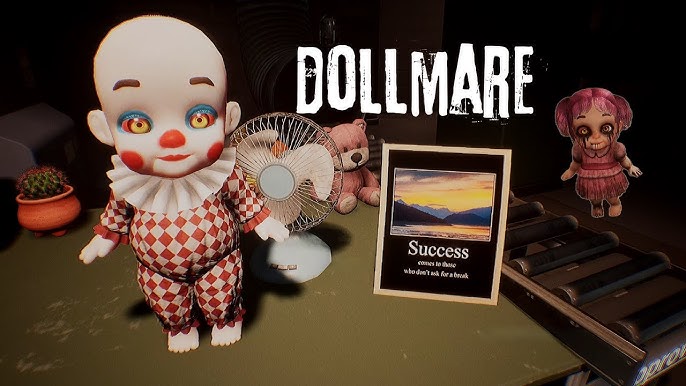
While Dollmare isn’t a AAA title, its visual and sound design are remarkably polished, especially considering its indie roots.
Visual Storytelling Through Design
Lighting plays a significant role. Flickering fluorescents, deep shadows, and outdated monitors create a visual language of decay. The dolls, each with unique imperfections, never look overtly threatening. That’s what makes them creepy. They’re too lifelike. Too still.
Every space feels functional but off. Walls are slightly too grimy. Posters are faded. Nothing looks wrong enough to flee, yet nothing looks right enough to relax.
Sound That Creeps into Your Skin
The audio design deserves praise. Background hums, distant clanks, and the occasional childlike giggle play randomly, sometimes faintly. The soundscape doesn’t try to scare you—it works harder than that. It builds suspense, keeping you in a constant state of unease.
The soundtrack, subtle and moody, rarely uses instruments. Instead, it layers ambient noise, reversed audio samples, and warped lullabies to create an otherworldly vibe. You’ll find yourself pausing just to listen—and wonder if what you hear is even real.
Critical Reception: Acclaimed Yet Underrated

Released on October 24, 2024, Dollmare quickly gained a cult following. While it hasn't reached mainstream success yet, those who’ve played it praise its psychological horror and minimalist mechanics.
What Critics Loved
-
Atmosphere: Reviewers consistently highlight the immersive, slow-burning tension.
-
Innovative Horror: Without relying on traditional horror tropes, Dollmare creates an experience that sticks with players.
-
Replayability: Thanks to multiple endings and hidden paths, the game invites multiple playthroughs.
Room for Improvement
Some players noted technical issues, especially during the early access phase. Frame rate drops and texture bugs occasionally broke immersion. Thankfully, recent patches addressed many of these problems.
Others criticized the lack of guidance. There’s no handholding, and some objectives are intentionally vague. While this frustrates some, others see it as a feature, not a flaw. In horror, the unknown is often more frightening than the known.
Community & Theories: Peeling Back the Layers

Since release, fans have created forums and wikis to discuss Dollmare’s hidden lore. The game rewards deep dives, and players have uncovered numerous secrets, Easter eggs, and theories.
Is the Factory Sentient?
Some believe the factory is alive, feeding off the mental state of its workers. Clues like pulsing walls, organic machinery, and shifting room layouts suggest something supernatural or parasitic is involved.
Who Are the Dolls?
A recurring theory suggests that each doll represents a former worker—or perhaps a memory trapped in physical form. One of the endings even hints that your own body might become part of the product line.
Conclusion: Why You Should Play Dollmare
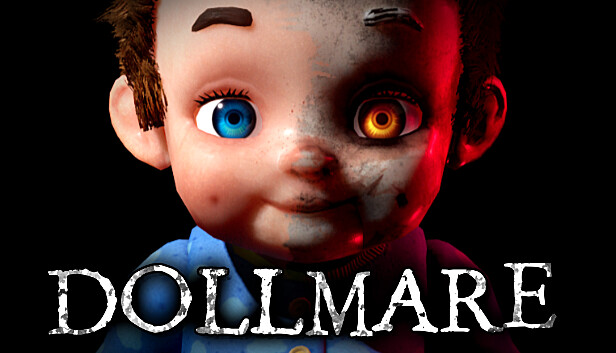
If you're looking for a horror game that challenges your mind more than your reflexes, Dollmare is a must-play. It trades gore for subtlety, monsters for mood, and linear plots for layered narratives.
Every moment in the game pushes you to question what’s real. Each doll, hallway, and flickering light nudges you closer to unraveling not just the factory—but yourself.
Whether you survive the shift or become another defective product on the assembly line, one thing is certain—Dollmare will stay with you long after the credits roll.
Quick Facts
-
Developer: Alex Grade
-
Release Date: October 24, 2024
-
Genre: Psychological Horror, Simulation
-
Platform: PC (Steam)
-
Playtime: ~5–7 hours per playthrough
-
Replay Value: High (multiple endings and paths)




















